10 weeds to forage (plus how to use them)
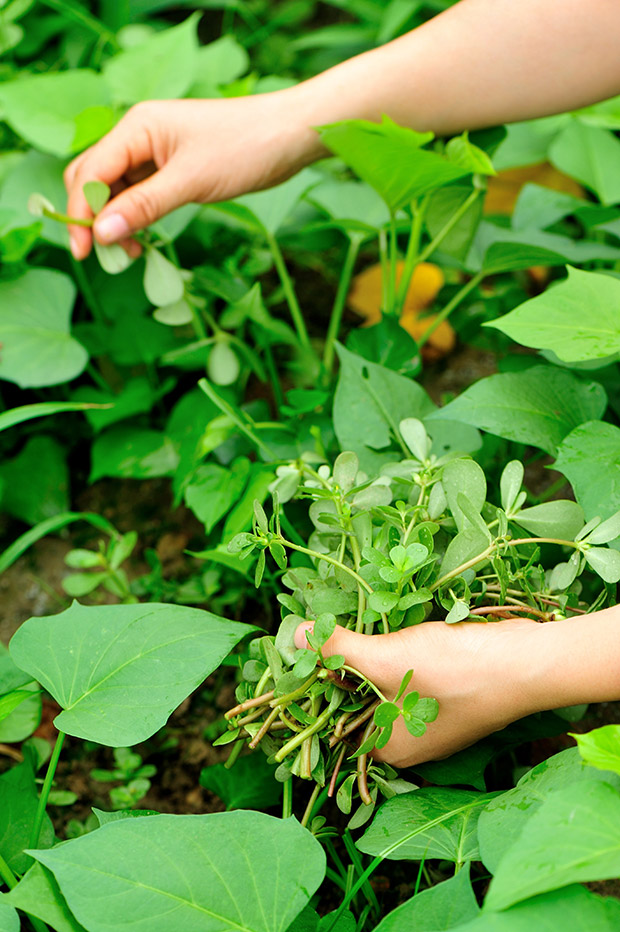
You’ll find these common weeds in your garden or out on your block, but you’ve probably never thought of harvesting them for dinner. Here’s how to turn a plant in the wrong place into a delicious, healthy addition to your diet.
Words & photos: Julia Sich
A weed is is commonly defined as a plant in the wrong place, usually in competition with purposely-grown vegetables and flowers.
Weeds are incredible opportunists that we have actually encouraged. They take advantage of disturbed bare ground in our gardens, germinating and growing rapidly to protect it, and then reproducing prolifically. Perennial weeds establish even more strongly by sending out runners or offsets, forming dense patches.
The word ‘weed’ is used in a derogatory way so most of us automatically see them as negative and without value. Yet one person’s weed is another person’s garden plant; galinsoga might be a ‘weed’ in NZ, but in Colombia it’s a popular vegetable.
Weeds can be very useful. They arrive without our assistance, grow without help, are abundant and free. Many are edible in salads, smoothies, pestos, or as a vegetable, and many have health-giving healing properties.
Using your weeds as food or medicine, or composting them, is far more sustainable than disposing of them by spraying. It transforms them into allies rather than enemies, which makes gardening more enjoyable.
1. Amaranth (Amaranthus lividus)
Amaranthes lividus (purple or green)
Amaranthes powellii (tall, growing up to 1m)
Other names: redroot, pinkroot, pigweed
Distribution: found all over NZ in waste places and cultivated ground
About: a native annual of tropical parts of America, in use since 4000BC. All parts of the plant are edible, but the seeds are especially rich in protein and minerals.
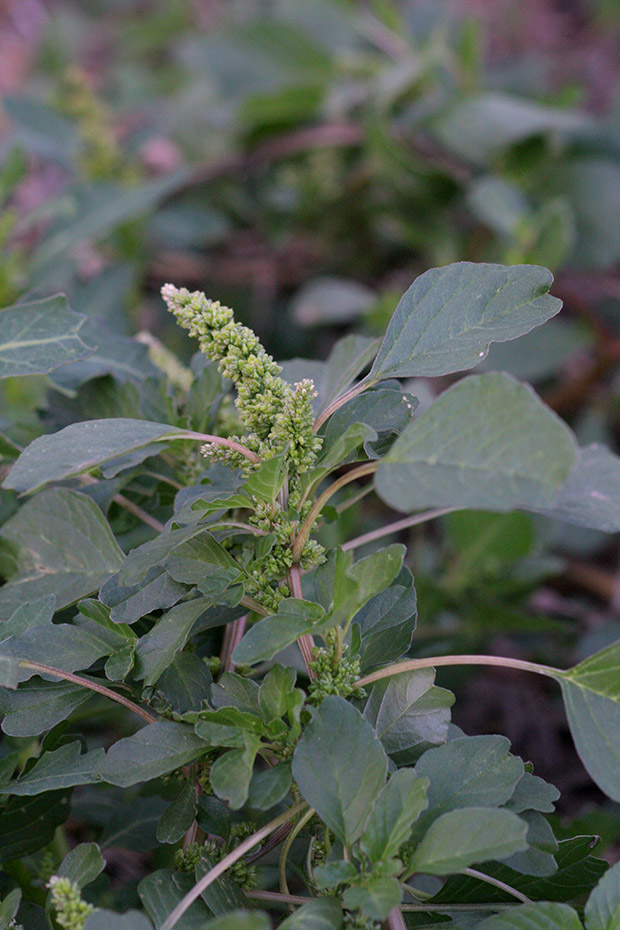
Uses: although considered a weed, people around the world value and use amaranth as a leafy vegetable, a cereal, and as an ornamental. Amaranth leaves contain high levels of calcium and niacin (vitamin B3), three times more than spinach leaves.
It also contains seven times more iron than lettuce. Amaranth leaves are an excellent source of vitamin A in the form of antioxidant carotenoids, iron, calcium, protein, vitamin C, vitamin K, riboflavin, Vitamin B6, magnesium, phosphorus, potassium, zinc, copper and manganese. I like to add young leaves to smoothies, salads, soups, and pesto.
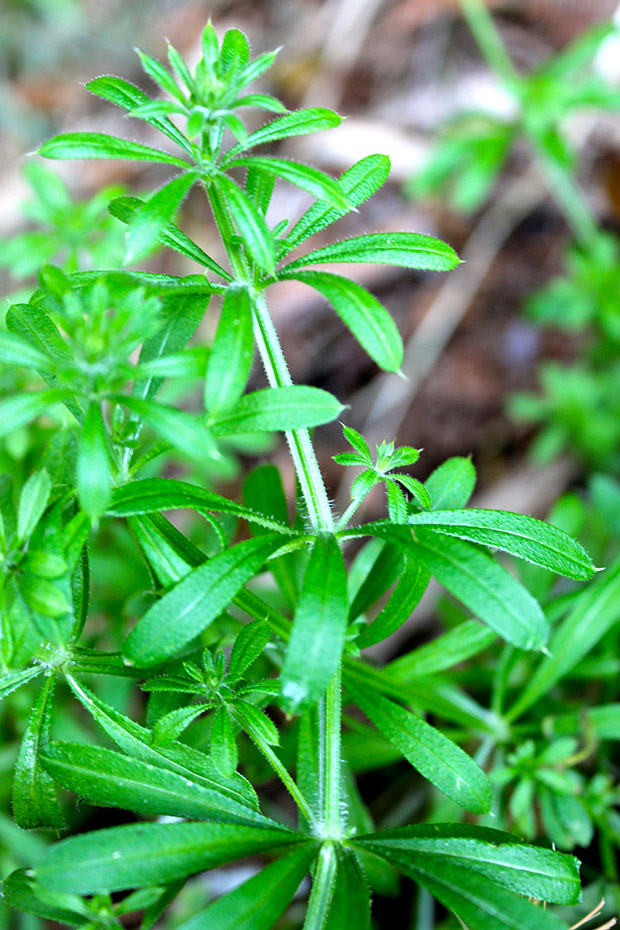
2. Cleavers (Galium aparine)
Other names: biddy bid, sticky willy, goose grass
Distribution: very common all over NZ, growing in winter and spring
About: scrambling annual plant with rough leaves and stems that stick to things, has small seed-heads with hooks that catch on animal coats and your clothes.
Uses: one of the best cleansing tonics for the blood and lymphatic system. Herbalists use it for infections like tonsillitis, glandular fever, ME (chronic fatigue syndrome), benign breast tumours, eczema and psoriasis. It is also good for sheep, cows, horses and geese.
The ripe seeds can be lightly roasted and then boiled to make a drink I like very much which is surprisingly richly-flavoured. It is related to coffee but lacks caffeine.
It’s high in Vitamin C and minerals, especially silica which is needed for nails, teeth and hair, so I put young shoots in smoothies. The leaves, fresh or dried, can be used as a refreshing tea, or cut them up finely and add to soups.
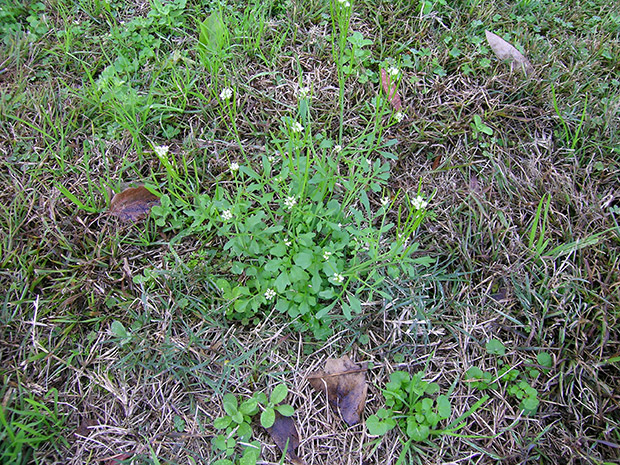
3. Bittercress (Cardamine hirsuta)
Other names: hairy cress
Distribution: throughout the North Island and eastern South Island, also Stewart and Chatham Islands
About: a small, rosette-shaped annual with lobed leaves, small white flowers and upright seed pods that explode, flinging the seeds far and wide when ripe and you touch them. Likes to grow with container plants but also in damp gardens, driveways, and cultivated or disturbed soil. It grows and goes to seed within a few weeks, enabling it to have several generations in a year.
Uses: the small, peppery-tasting leaves are great bursts of flavour in a salad, especially in winter, and you can use them whole. The leaves are high in vitamin C.
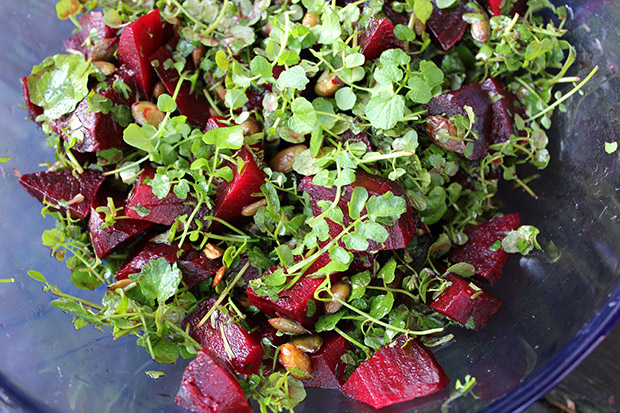
WARM BEETROOT & BITTER CRESS SALAD
Inspired by Robin Harford of www.eatweeds.co.uk, serves 4
4 beetroot (500g)
50g sunflower and/or
pumpkin seeds
1 tbsp honey
2 tbsp olive oil
1 tbsp lemon juice
40g bitter cress
sea salt
Wash the beetroot and boil in water for about 45-50 minutes or so – they should be tender when pierced with a skewer. Spread the seeds in a frying pan and dry roast while stirring for about 8 minutes.
Whisk the honey, oil, salt and lemon juice together. While the beetroot are still warm, peel them and cut into bite-size pieces. Mix all the ingredients together in a bowl and serve.
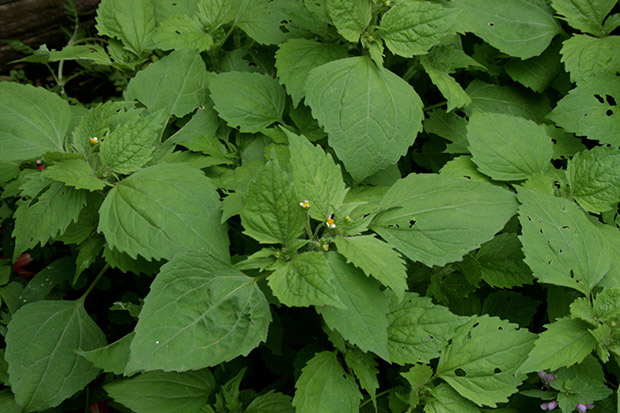
4. Galinsoga (Galinsoga parviflora)
Other names: gallant soldier
Distribution: increasingly more common in warmer parts of the North Island, less in the South Island
About: this leafy, upright, summer annual spreads rapidly, but is valued as an edible vegetable in Colombia where it originates. It grows in gardens, pasture and waste places where the soil is disturbed.
Uses: the yellow-green, mild-tasting leaves are good in salads before the plant flowers. The distinctive flowers have spaces between the three-lobed white petals and yellow centres. It is astringent in its action so can be used for stings and insect bites.
It is a source of protein, calcium, magnesium, potassium, zinc, B vitamins and vitamin C, plus fibre. I use the young leaves and flowers in smoothies.
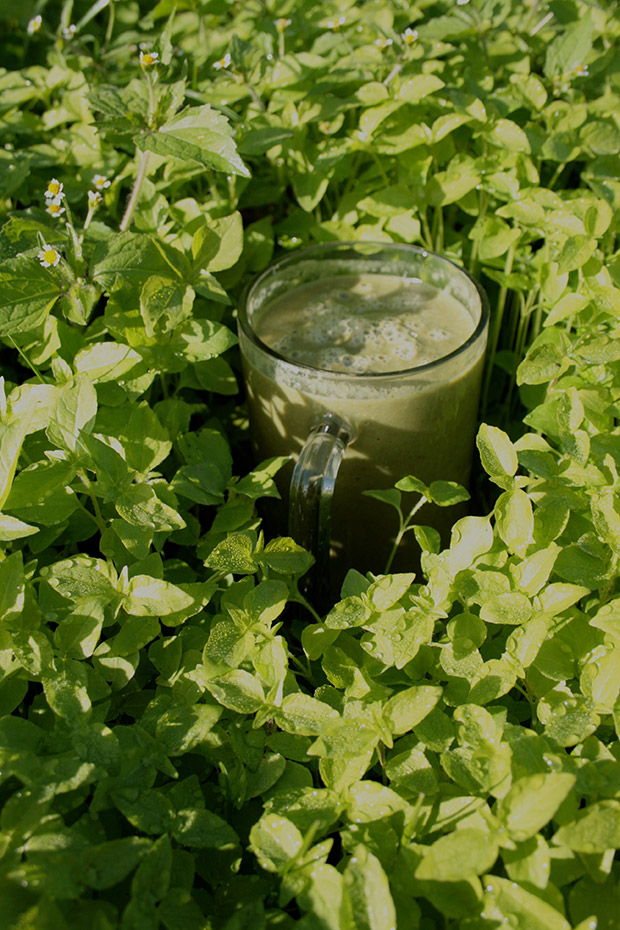
GALINSOGA SMOOTHIE
1 handful of fresh galinsoga leaves
5 dandelion leaves or other green
leaves like kale
1 green apple
2 small bananas
1/2 avocado
2 cardamon pods, freshly ground
1 tsp chia seeds
2 tsp pumpkin seeds
2 cups water
Grind the chia and pumpkin seeds in a coffee grinder. Place everything in the blender, add the water and blend.
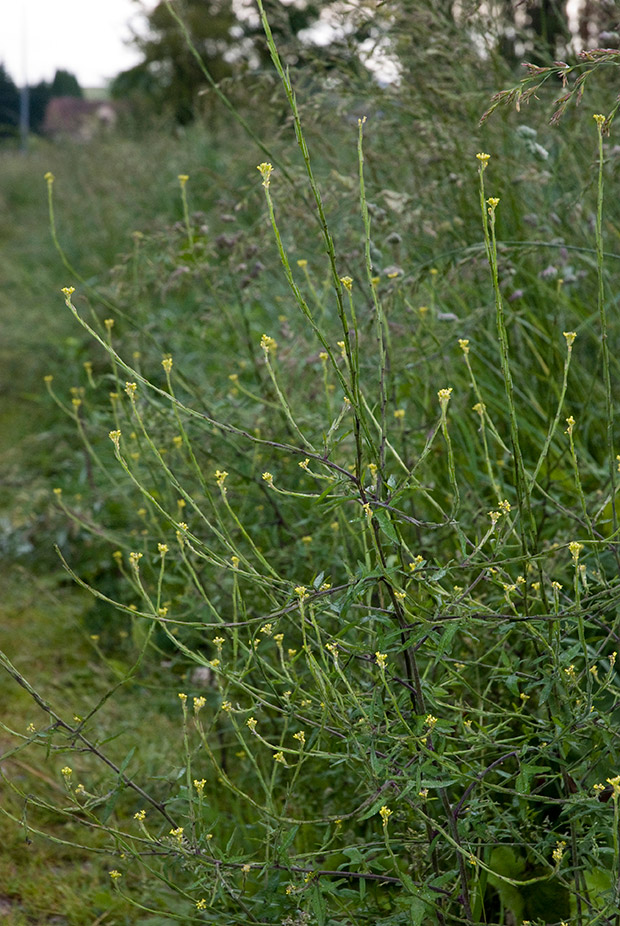
5. Hedge Mustard (Sisymbrium officinale)
Distribution: common throughout NZ in pasture, cultivated land and gardens
About: this is an annual rosette-forming plant in the Brassica family. It has deeply-lobed, dull green leaves, often with purplish stems which smell of mustard when crushed. Around October it sends up flower stalks (up to 1m) which form a tangled, wiry mass.
Uses: used in Europe in sauces, salads and stews. Infusions were used to cure coughs, wheezing and loss of voice and gained the name the ‘singers’ plant’. Mustard greens have a reputation as
the healthiest, full of vitamins A, B, C, E and K, calcium and other minerals.
Eat during the cool months when the leaves are less spicy and avoid foraging from paddocks where artificial nitrogen has been used as it can take up and retain nitrates.
HEDGE MUSTARD PESTO
1 big handful wild hedge mustard
& chickweed
Juice of 1 lemon
1/2 tsp cider vinegar
1 tsp salt
1/4 cup sunflower seeds
1/4 cup almonds
Put all the leafy ingredients in a small food processor, then add the remaining ingredients. Blend to the desired consistency, smooth or chunky.
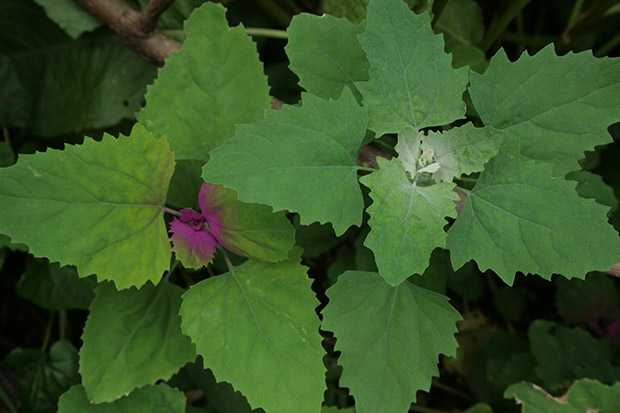
6. Chenopodium (Chenopodium giganteum)
Also known as: magenta spreen, lambs quarters, tree spinach & Chenopodium album
Also known as: fathen
Distribution: these weeds grow throughout NZ
About: Fathen is a common weed in spring crops and gardens. Magenta will even self-sow in cracks in paving stones. Both are annual plants with goosefoot-shaped leaves, and can reach up to 2m high. One plant has a huge amount of leaves for use as food.
Uses: fathen has a white dust on the undersides of its leaves which is full of calcium and protein. Magenta has a lovely pink dust on new leaves making it easy to identify, even when tiny. They are highly nutritious plants, rich in vitamins C, E, fatty acids, iron, calcium, minerals, antioxidants and protein. The leaves are tasty when steamed.
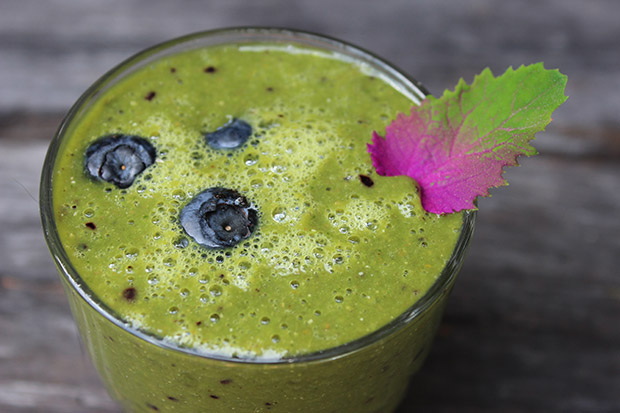
FATHEN/MAGENTA SPREEN SMOOTHIE
3 stems magenta
spreen or fathen
2 carrot leaves
5 cavelo nero leaves
2 beetroot leaves
1 banana
1 cup blueberries
1 kiwifruit
1 tangelo, peeled
1 tbsp almonds,
soaked overnight
2-3 cups water
Drain the almonds and discard the water, and scrub the hairs off the kiwifruit, or peel. Place all the ingredients in a food processor and blend on low until well broken down. This mixture yields 1.5 litres, enough for a family or you can keep some aside for the next day in the fridge.
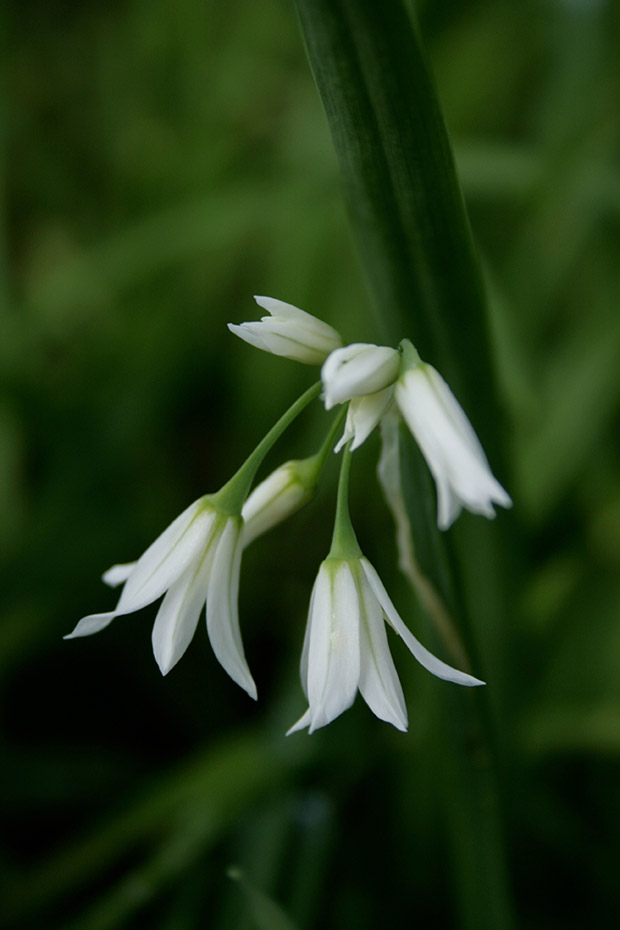
7. Onion weed (Allium triquetrum)
Also known as: three-cornered leek or three-cornered garlic
Distribution: throughout NZ in gardens, parks, rubbish dumps and roadsides often in colonies, preferring shade
About: this is a perennial with small white bulbs underground and grass-like leaves that smell distinctly like onion when crushed. A delightful white, bell-shaped flower with green stripes emerges in spring. This may be seen as a troublesome plant but it dies down completely in summer.
Uses: when it emerges in autumn it can be eaten in soups and chopped up in scrambled eggs. Being in the onion family, it is antimicrobial and contains sulphur – giving it the ‘onion’ smell – which acts as a digestive system tonic and stimulates the circulatory system. It also contains chlorophyll, fibre, antioxidants, vitamins and minerals.
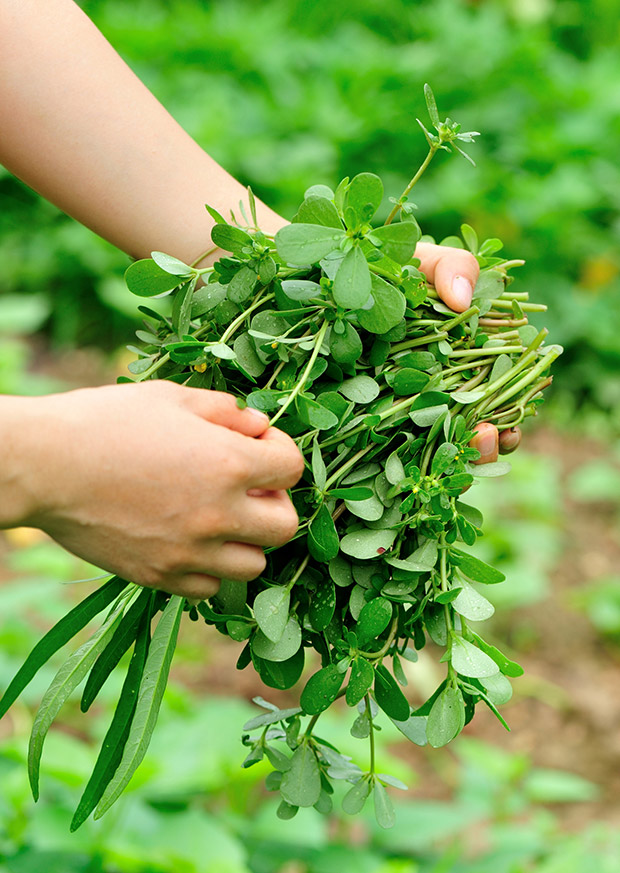
8. Purslane (Portulaca oleracea)
Distribution: common in the northern North Island, decreasing as you head southwards
About: grows in dry, waste places, gardens, farm gateways and bare ground. Purslane has been used as a food and medicine for over 2000 years. It is an annual that grows low to the ground with a deep taproot, and has reddish, branching stems and teardrop-shaped fleshy leaves. The flowers are small and yellow. The succulent, drought-tolerant leaves have a sour, refreshing taste and contain the highest plant source of Omega-3 fatty acids which are anti-inflammatory and immune-strengthening.
Uses: eating purslane as a food gives access to the 92% water in the leaves which is alkaline, full of life-enhancing enzymes, vitamins and minerals. The mucilaginous juice can be applied to sunburn, cuts and skin irritations.
To ensure you have it all year round you can pickle it: fill a sterilised jar with purslane, lightly packed in, add some salt, pepper, garlic (optional), and honey.
Fill the jar with cider vinegar, then place on the lid. Keep at room temperature for a week and then move it to the refrigerator and keep there until eaten. This is a delightful pickle-like side garnish for most recipes.
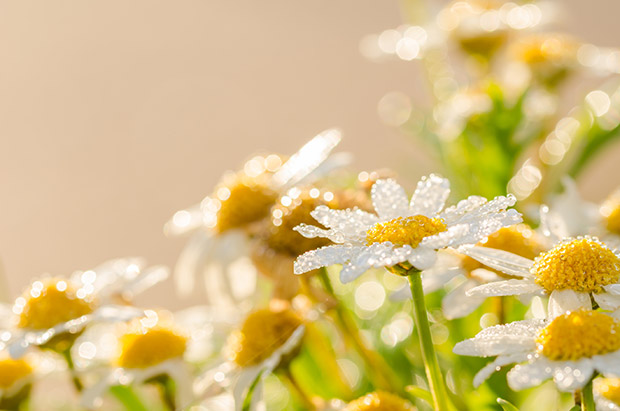
9. Oxeye Daisy (Leucanthemum vulgare)
Also known as: marguerite daisy
Distribution: abundant all over NZ
About: a pretty perennial garden escapee that grows along roadsides in summer with bold white, yellow-centred flowers.
Uses: the spoon-shaped leaves of the young plant (not once it has gone to flower) in autumn/winter are very tasty additions to salads and smoothies. The flowers can also be eaten as fritters or to garnish a dish.
Medicinally they have been used to treat whooping cough, asthma, as a tea to calm nerves, and for soothing conjunctivitis of the eyes. The leaves have been used to treat bruises, wounds and ulcers. This plant also attracts beneficial insects like the mason bee (wasp).
OXEYE DAISY BUSCHETTA
1 handful of oxeye daisy
greens, chopped
2 garlic cloves, crushed
14 cherry tomatoes, quartered
1 tsp red wine vinegar
olive oil
salt & pepper
crusty bread
You want ripe cherry tomatoes at room temperature. Place in a bowl, then add the crushed garlic and red wine vinegar and mix together, then season with salt and pepper.
Leave to stand for 15 minutes. Slice your crusty, rustic bread into portions, and lightly toast, then drizzle with olive oil. Top with the tomato and oxeye daisy mix. Serve immediately as a light lunch snack. A slice of a tasty cheese on top is a delicious optional extra.
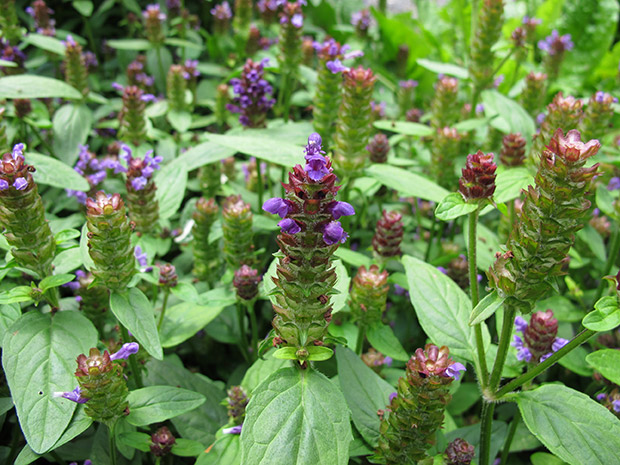
10. Self-heal (Prunella vulgaris)
Also known as: all-heal, cure-all, woundwort, sticklewort
Distribution: common throughout NZ
About: Culpepper (1616-1654) called it self-heal because ‘when you are hurt, you may heal yourself’. This perennial is found growing in damp lawns, lime-deficient pasture, forest margins and clearings where it makes a colourful ground cover, with delightful purple flowers that stand up above the leaves.
Uses: healing cuts, bruises, minor burns, as a gargle for sore throats and a mouth wash for bleeding gums or mouth ulcers. Research has also shown that it helps lower high blood pressure. It contains high levels of antioxidants.
I love to use the little leaves and flowers in salads of mixed greens and in my smoothies. They can also be used fresh or dried as a herb tea, either on their own or with other herbs like calendula flowers, mint or lemon verbena.
MORE HERE
Additional forage food recipes from In Your Backyard: Urban Harvest
Love this story? Subscribe now!
 This article first appeared in NZ Lifestyle Block Magazine.
This article first appeared in NZ Lifestyle Block Magazine.
